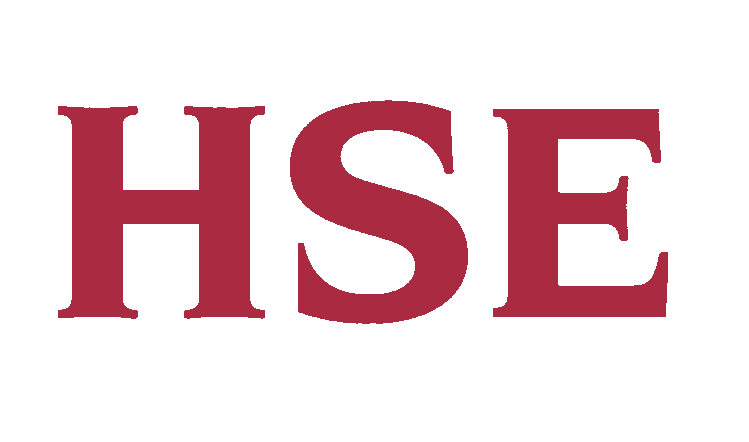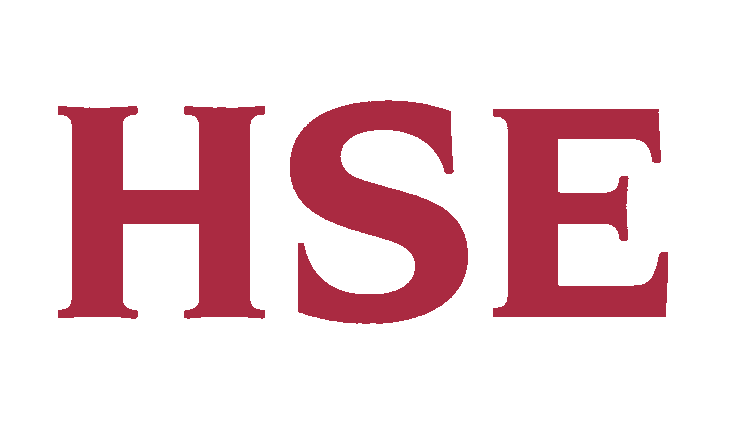If a machine has a CE mark, that does not mean it’s safe, only that it complies with product supply law and with a Declaration of Conformity, suggesting it also complies with relevant product safety directives. It does not guarantee all EU product safety legislation requirements are met.
The law stipulates several physical and paperwork requirements, including the need for the supplier to ensure user instructions and warning signs are in the local language and type of where the machine is installed.
Technical documents
The Declaration of Conformity, the CE mark, technical file and associated documents follow the machine for its entire life. In addition, the CE mark isn’t a one-time exercise. For example, if the machine substantially changes and is modified, such as incorporating a new interlock system, the original CE process may need revising.
The machine’s manufacturer or supplier is responsible for its safety, but there have been a few prosecutions of suppliers, and prosecuting a supplier or individual based outside the UK is expensive and time-consuming.
Risk assessment
Ultimate responsibility rests with the end-user, who should risk-assess machines according to the Provision and Use of Work Equipment Regulations (PUWER). These consider the machine’s user, maintenance and environment. So, if an incident leads to the user’s prosecution, CE marks alone provide a poor defence.
As part of a machinery quote, you must ensure required standards are understood, down to the detail of guarding, safety control circuits and what signs look like.
Effective PUWER assessment and controls, involving all stakeholders, is crucial to ensure people and businesses are protected.




